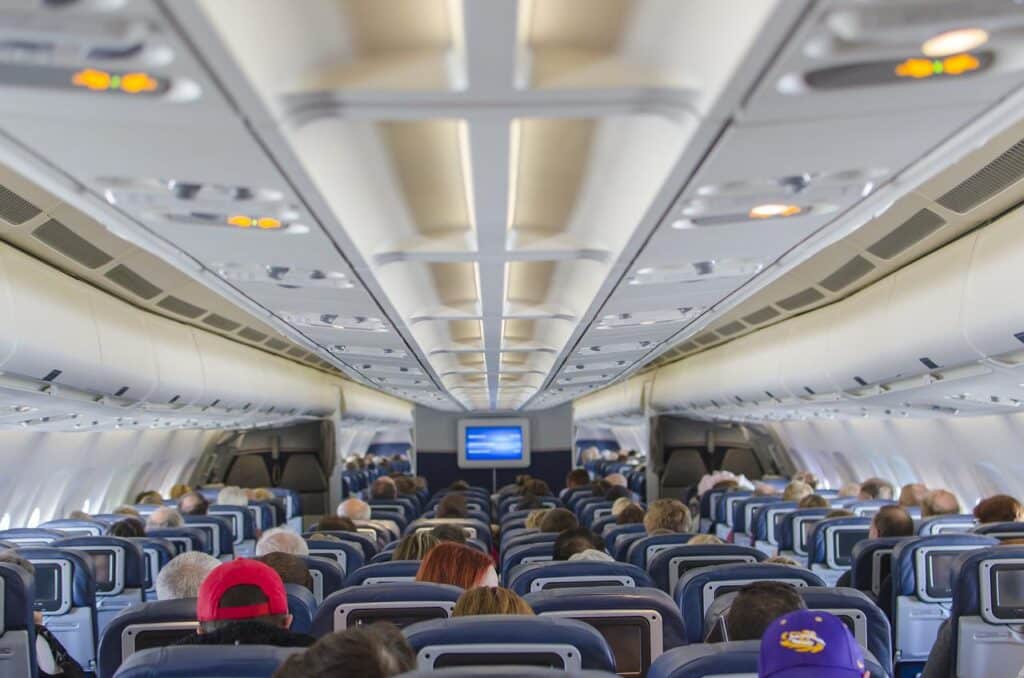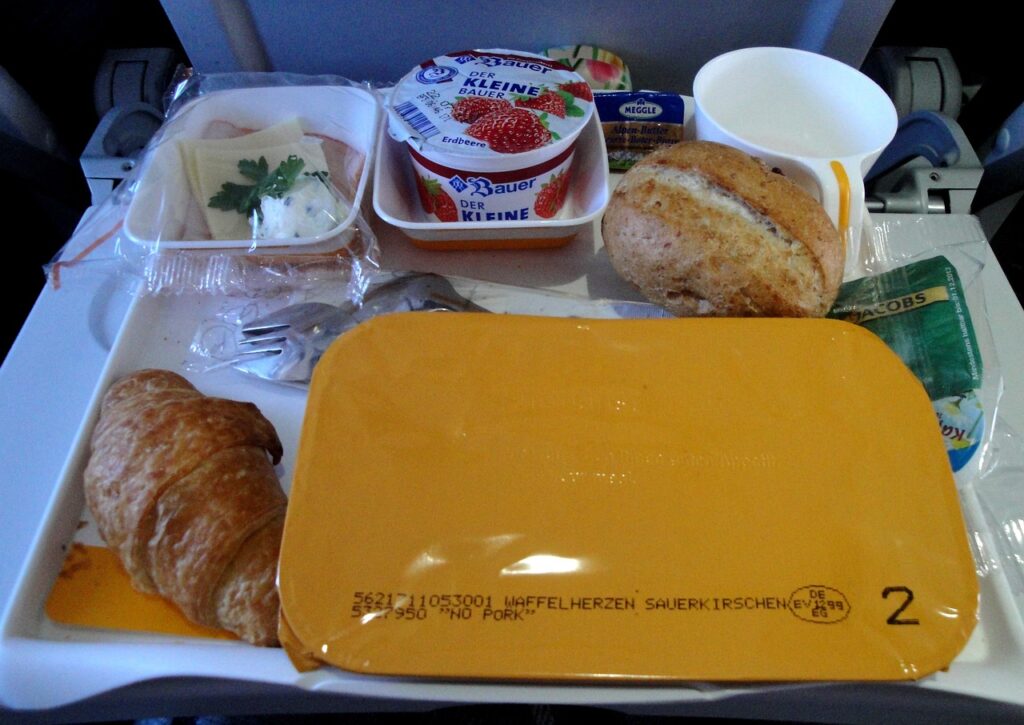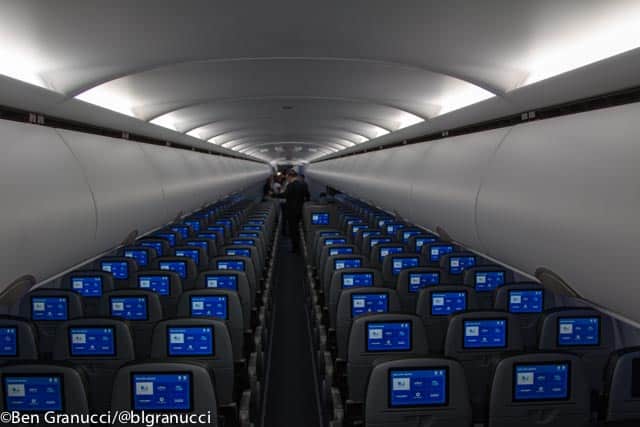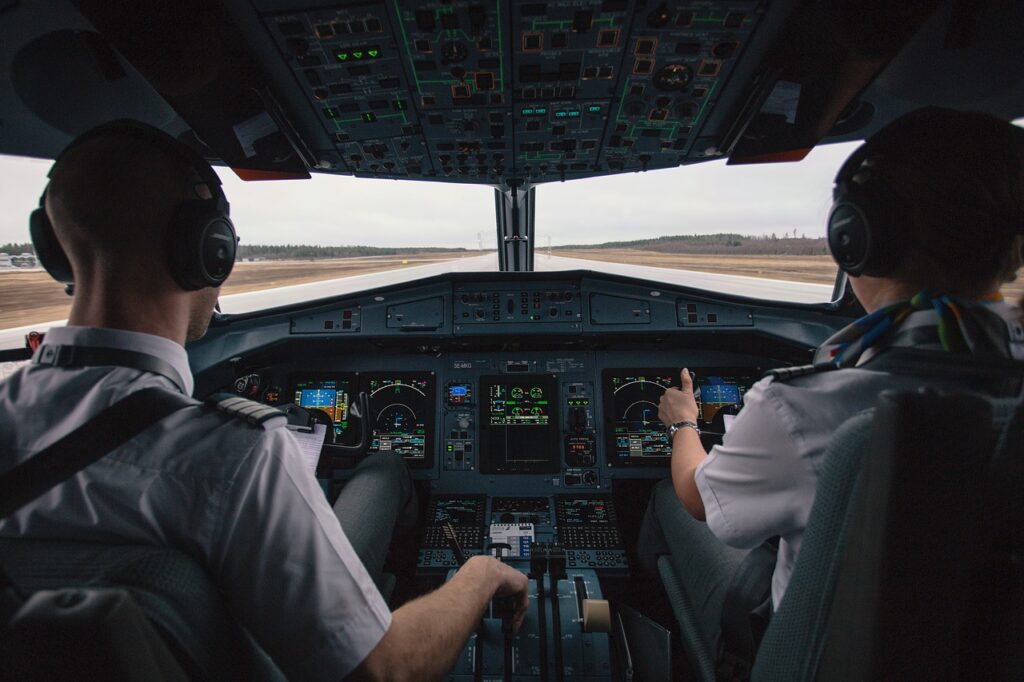Aerospace
10 Amazing Facts You Probably don’t know about airplanes
Here are some incredible facts about airplanes that you probably didn’t know. Now, let’s study in this section.

Here are some incredible facts about airplanes that you probably didn’t know. Now, let’s study in this section.
The Wright Brothers discovered the first plane in the air at Kitty Hawk, North Carolina, in 1903. Both have undergone a significant transformation, and the wooden and fabric contraptions of the past are very different from the enormous, sleek-looking Boeing Dreamliner of the present. It is difficult to keep track of the incredible facts that might be accomplished by modern airplanes given the rapid improvement of aircraft technology with each passing day.
1. What are the safest seats on an airplane?
According to the FAA data study, The middle seat in the back/rear of the aircraft had the lowest death rate (28%), and the majority of aviation professionals agree that the back of the aircraft is less risky than the front. A study by Popular Mechanics website found that those sitting towards the plane’s tail had a 40% higher chance of surviving a crash than those in the front, and the middle seats in the back of the plane had the best chances of surviving.
2. Airplane Tyres Don’t Explode on Landing Because They Are Pumped
When you consider it, airplane tires are very incredible. A 38-ton weight may be supported by standard airplane tires. It can touch the ground 500 times before needing to be retreaded and it is strong enough to hold aircraft weight, and it can be refreshed seven times throughout its lifespan. The first few seconds after a plane lands, the tires are sliding rather than rolling. They are essentially dragged by the airplane down the runway until their rotating speed is equal to that of the aircraft. They smoke as they land for this reason.
[the_ad id=”15765″]
3. Some planes have secret bedrooms
Some aircraft like Boeing 777 and 787 that contain a hidden staircase that leads to a small number of windowless bedrooms, allowing passengers to stretch out in their seats during lengthy flights. This enables crew members to rest without being disturbed, or to take a power nap. There are times when certain rooms are designated for pilots only. The majority of airplanes have the crew sleeping accommodations located behind the cockpit, above the first-class seats, despite different designs.
4. Why does plane food taste is strange
The taste of airline meals is a frequent source of criticism. However, they don’t take into account adequately the fact that they are flying at 500 mph in a pressurized cabin at a height of about 30,000 feet. The dry air at high altitudes interferes with taste receptors’ ability to detect flavors, in addition to the low pressure that reduces scent. Studies have revealed that traveling by plane might cause a 30% reduction in taste perception. Food is often over-salted and unsweetened by airlines as a form of compensation, which slightly detracts from the flavor.
[the_ad id=”15771″]
5. Airplanes window have Tiny holes
A tiny hole that has several roles than primarily being unsightly. Although tiny, the hole really contributes to passenger safety. It all ultimately comes down to pressure, the lower the oxygen at a certain height, the more likely it is that a person may feel sick and out of breath. The tiny hole in the interior window is to regulate the pressure for the middle pane to remain intact until an unlikely event occurs.
These are the top 10 Low cost airlines in the world for 2022(Opens in a new browser tab)
6. Ashtrays are seen in the Bathroom
There are still ashtrays in airline restrooms despite the FAA’s long-standing ban on smoking in aircraft. Despite a no-smoking policy and multiple no-smoking signage, airlines have reasoned that at some point, a chain smoker passenger would decide to light up a cigarette aboard an aircraft. This is the justification given for the placement of these ashtrays. If they do, it will be in a small space, like the airline bathroom. When it comes to disposal, they would put the cigarette butt in the ashtray rather than the trash can where it can catch fire. Be warned, though, as smoking in an airline bathroom carries a huge penalty.
Can the tracking of in-flight catering improve airline sustainability.(Opens in a new browser tab)
7. Why planes leave trails in the sky
Condensation trails are what give those white streaks in the sky their scientific name of “contrails.” During the combustion process, water vapor is released from airplane engines. The puffy white lines in the sky are the result of hot water vapour being pushed out of the exhaust and interacting with the cooler higher atmosphere. It’s similar to how you feel when you can see your breath in a cold environment.
[the_ad id=”15766″]
Boeing Forecasts Demand for More than 41,000 New Airplanes by 2041(Opens in a new browser tab)
8. Dim cabin lights during takeoffs and landings at night
During night takeoffs and landings, airlines mostly reduce their cabin lighting for safety reasons. It makes the area safer by making it simpler for passengers to locate the emergency exits and enabling them to adjust their vision in case of an emergency.
9.Piolts and Co-pilots are required to eat different meals on the plane
In order to limit the chance of pilots getting sick, separate meals are served to the pilot and co-pilot. In an interview of a Korean pilot conducted by CNN in the year 2012, it was revealed that pilots and co-pilots are served separate food to avoid food poisoning.
10. Planes can fly with one engine and land with none
A twin-engine aircraft can still fly flawlessly with just one engine. Even with just one engine, it can still continue the takeoff and land without incident. The majority of the time, an engine failure in flight is not a serious issue, and pilots receive considerable training on how to handle such a circumstance.

Aerospace
Boeing Transfers Rocket Stage to NASA, Paving Way for Human Moon Mission

Boeing has achieved a significant milestone by providing NASA with the second core stage of the Space Launch System (SLS) rocket.
This crucial component, crafted at NASA’s Michoud Assembly Facility (MAF), is set to propel the Artemis II crew into lunar orbit, marking humanity’s return to deep space after a 50-year hiatus.
The monumental Boeing-built rocket stage, the largest element of the Artemis II mission, will embark on a journey aboard the Pegasus barge, traveling 900 miles to NASA’s Kennedy Space Center.
Comparison of two legendary aircraft B777x vs B747 aircraft:Click here
Upon arrival, it will be meticulously integrated with other essential Artemis II components, including the upper stage, solid rocket boosters, and NASA’s Orion spacecraft within the iconic Vehicle Assembly Building. This intricate integration process is a vital step toward the eagerly anticipated Artemis II launch, slated for 2025.
“Boeing-built products helped land humankind on the moon in 1969, and we’re proud to continue that legacy through the Artemis generation,” remarked Dave Dutcher, vice president and program manager for Boeing’s SLS program. “Together, with NASA and our industry partners and suppliers, we are building the world’s most capable rocket and paving the way to deep space through America’s rocket factory in New Orleans.”
NASA, Lockheed Martin Reveal X-59 Quiet Supersonic Aircraft:Click here
The delivery of Core Stage 2 marks a significant achievement in the evolution of the SLS rocket. Towering over 200 feet and powered by four RS-25 engines, this core stage, coupled with two solid-fueled booster rockets, will generate a staggering 8.8 million pounds of thrust. This immense power is crucial to launching Artemis II and future missions into the vast expanse of space.
The SLS rocket stands unparalleled in its capability to transport both crew and substantial cargo to the moon and beyond in a single launch. Its extraordinary capacity will facilitate the delivery of human-rated spacecraft, habitats, and scientific missions to destinations including the moon and Mars, ushering in a new era of space exploration.
-

 Travel1 week ago
Travel1 week agoAir India to Expand US Operations with Three New Routes After a Decade
-

 Travel2 weeks ago
Travel2 weeks agoWhy We Should Avoid These Stamps in a Passport
-

 Airlines1 month ago
Airlines1 month agoInvestigations Reveal Fake Chinese Titanium in Boeing and Airbus Jets
-

 Tech4 weeks ago
Tech4 weeks agoChina’s CATL Plans 1,800-Mile Electric Plane Launch by 2027
-

 Airport3 days ago
Airport3 days agoTop 10 Largest Airports in the World by Size
-

 Aerospace4 weeks ago
Aerospace4 weeks agoChina’s Fighter Jets Turn Wings into Autonomous Drones
-

 Airlines4 days ago
Airlines4 days agoAir India Rolls Out A350s for Delhi-New York JFK and Newark Routes
-

 Defence3 weeks ago
Defence3 weeks agoBoeing Enhances Chinook with New Engines and Block II Upgrades at $96 Million














